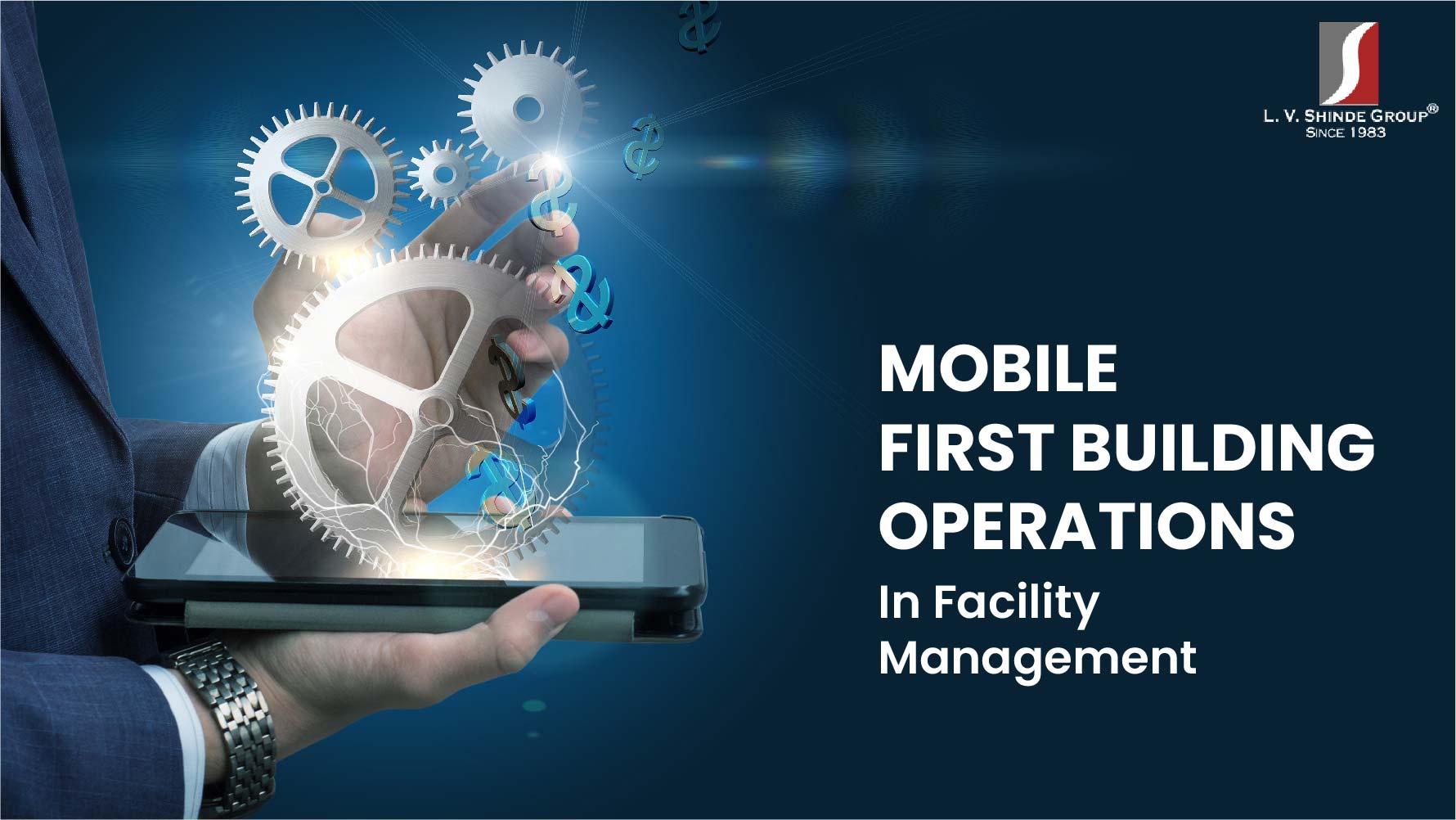Mobile-first Building Operations in Facility Management
In today’s fast-paced world, technology has become an integral part of our daily lives, transforming the way we work and manage various aspects of our environment. Facility management, a critical function in the maintenance and operation of buildings, is no exception. With the advent of mobile-first building operations, facility managers are now equipped with powerful tools that enhance efficiency, connectivity, and overall effectiveness in their roles.
What is Mobile-first Building Operations in Facility Management?
Mobile-first building operations, as the name suggests, prioritize mobile devices as the primary means of managing and monitoring building facilities. This approach leverages smartphones and tablets, providing facility managers and staff with instant access to critical information and tools while on the go. It’s a shift from traditional desktop-bound operations to a more agile and responsive model.
Benefits of Mobile-First Building Operations
Embracing mobile-first building operations comes with a multitude of benefits that can significantly impact the efficiency and effectiveness of facility management:
- Enhanced Accessibility:Mobile apps enable facility managers to access real-time data, schedules, and reports from anywhere, ensuring prompt responses to issues or emergencies.
- Streamlined Communication:Mobile devices facilitate seamless communication between teams, contractors, and tenants, fostering collaboration and quick issue resolution.
- Efficient Work Order Management:Through mobile apps, work orders can be created, assigned, tracked, and completed swiftly, reducing downtime and increasing productivity.
- Cost Savings:Reduced paperwork, enhanced resource allocation, and quicker issue resolution contribute to cost savings in facility management operations.
- Improved Data Accuracy:Mobile-first operations minimize the chances of data entry errors, ensuring that information is accurate and up-to-date.
- Enhanced Tenant Satisfaction:Prompt issue resolution and better communication lead to higher tenant satisfaction, improving tenant retention rates.
Key Components of Mobile-First Building Operations
To fully embrace mobile-first building operations, several key components are essential:
- Mobile Apps: These serve as the primary interface for facility managers and staff to access information, perform tasks, and receive notifications.
- Cloud-Based Solutions: Cloud storage enables secure and convenient access to data, ensuring that information is always up-to-date.
- IoT Integration:Mobile-first operations often integrate with Internet of Things (IoT) devices to provide real-time data on building systems, such as HVAC, lighting, and security.
- Barcode and QR Code Scanning: This feature simplifies asset tracking and inventory management by allowing users to scan codes with their mobile devices.
- Work Order Management: Mobile apps should include features for creating, assigning, and tracking work orders efficiently.
- Analytics and Reporting: Facility managers can access analytics and generate reports on various aspects of building operations.
Integration with IoT for Smarter Facilities
One of the most exciting aspects of mobile-first building operations is its integration with IoT technology. By connecting mobile devices with IoT sensors and devices within buildings, facility managers gain access to a wealth of data that can be used to create smarter, more efficient facilities.
For example, IoT sensors can provide real-time data on energy consumption, enabling facility managers to identify areas for energy savings and optimization. Smart building systems can adjust lighting and HVAC settings automatically based on occupancy, reducing energy waste. Security systems can be linked to mobile apps, allowing for remote monitoring and immediate response to security alerts.
Common Challenges in Mobile-first Building Operations
While mobile-first building operations offer significant advantages, there are also challenges to consider:
- Security Concerns: Mobile devices can be vulnerable to security threats. Robust security measures are essential to protect sensitive facility data.
- Integration Complexity: Integrating mobile apps with existing systems, especially in older buildings, can be complex and require careful planning.
- User Training: Facility staff may need training to fully utilize mobile apps and take advantage of their features.
- Data Privacy: Handling sensitive tenants and building data requires strict adherence to data privacy regulations.
- Maintenance and Updates: Mobile apps and IoT devices require regular maintenance and updates to ensure optimal performance.
Conclusion
In conclusion, mobile-first building operations are transforming facility management by enhancing accessibility, communication, and efficiency. When integrated with IoT technology, they offer smarter and more connected facilities. However, addressing security concerns, ensuring proper integration, and providing user training are essential for successful implementation. As technology continues to advance, mobile-first building operations are set to become a standard practice in the industry, empowering facility managers to deliver superior service and value to their clients and tenants.
Experience Mobile-First Building Operations by Supreme Facility!
At Supreme Facility, we’re committed to staying at the forefront of facility management technology. Our mobile-first building operations ensure that your facilities are managed with the utmost efficiency and effectiveness. Contact us today to experience the future of facility management.


